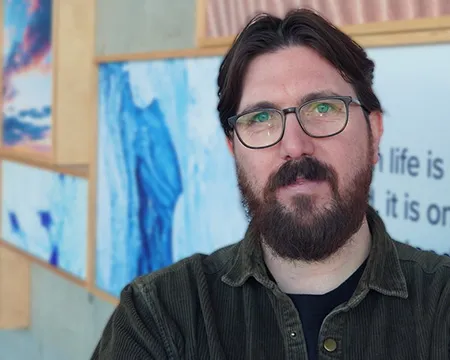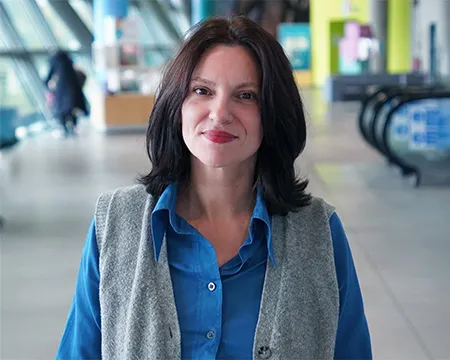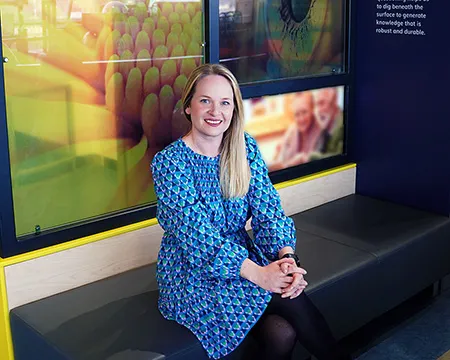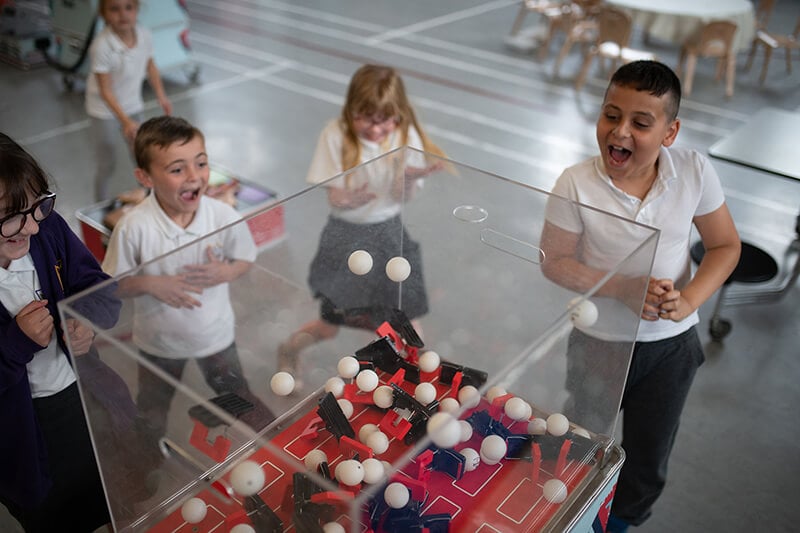Women and Girls in Science

Saturday 11 February 2023 is the 8th International Day of Women and Girls in Science. Begun by the United Nations, it recognises that a significant gender gap continues to exist through all levels of science, technology, engineering, and mathematics. These are known as STEM subjects, and although progress has been made, women are still under-represented in these fields.
REPRESENTATION MATTERS
We see the divide widening in science subjects in secondary school. This divide is not about ability, far from it, but according to the Institute of Physics (IoP), gender stereotyping, a lack of representation, and pervasive unconscious bias limit the options that young people feel are available to them.
While evidence from the Scottish Qualifications Authority suggests that STEM subjects in schools are balanced, there are significant differences across science subjects. Girls are better represented in subjects like biology and life sciences, but in subjects like physics over 70% of all students are boys.
The further into their science careers women go, the greater the divide. Again, there are many prominent and exceptional women working in STEM but a recent study by Northeastern University, Boston, suggests that just 27% of authors of scientific papers are women, which drops to 15% if the subject is physics or mathematics.
LANGUAGE IS IMPORTANT
There are many reasons why women and girls are underrepresented in science subjects, and one of those reasons is to do with the language that we use. Even astronauts notice it when talking to school pupils about going into space.
Leland Melvin, an engineer and retired astronaut, tweeted back in 2018: “I remember giving a talk and only the boys raised their hands and wanted to be astronauts. I asked the girls why and they said that I said it was the Manned Space Program. That day my language changed, and it became the Human Space Program. Language and #RepresentationMatters”.
This subtle language change may seem unimportant, but if using gendered language about spaceflight puts girls off becoming astronauts, then it seems like a very minor change to make. NASA has revised its style guide: the International Space Station is no longer ‘manned’, it’s ‘crewed'. Along with the European Space Agency, they’re very clear that it’s human spaceflight, not manned spaceflight, and robotic spacecraft rather than unmanned.
Diversity of thought matters, and representation matters. Dispelling the popular image of a scientist as a white man with wild hair is more important than we realise. For proof of this, we can look to Mae Jemison, who in 1992 became the first black woman to travel to space. She grew up watching Star Trek, and in Nichelle Nichols’ portrayal of Lt. Uhura was able to picture herself joining NASA and going to space. She even brought this dream full circle, appearing in an episode of Star Trek: The Next Generation as a member of the engineering crew.
WOMEN BELONG IN SCIENCE
Women have always belonged in science. Looking back over 1,600 years, we meet Hypatia, who was the world’s leading mathematician and astronomer. She commented on and corrected many a treatise on mathematics, notably the Almagest, which is one of the most important scientific texts in history.
We also have Mary Somerville, a Scottish polymath and the first person to be described in print as a ‘scientist’. She was a passionate astronomer, and in 1836 her work suggested that there may be a planet beyond Uranus. This kick-started other astronomers to begin the calculations that ultimately led to the discovery of the gas giant Neptune, and as a result, a better understanding of our Solar System.
Staying in Scotland, and bringing us up to date, we meet the Astronomer Royal for Scotland and University of Edinburgh professor, Catherine Heymans. She is an astrophysicist who uses gravitational lensing to probe the ‘Dark Universe’; the dark matter and dark energy that we can’t yet directly detect, but which makes up 95% of our Universe.
But it’s not enough to list inspiring women in STEM. It is important to act to improve the gender balance in schools, to challenge gender stereotypes, and at Glasgow Science Centre we recognise how important this change is, and our own role in this work. The same IoP report that identified some of the challenges also highlighted that addressing and improving the gender balance in STEM “makes our society fairer, and our science communities more rich and diverse”, which benefits us all.
Note: We recognise that gender is a spectrum and goes beyond the binary. In this article, we use statistics that focus primarily on boys and girls and acknowledge that not everyone will fit into one of these categories.
Further Information
This blog post by Nina Cameron is adapted from an article by Glasgow Science Centre that first appeared in Glasgow Times in February 2023.





